As part of the 2024 Architectural Association Summer School, I co-taught the unit CARPETS. The studio explored cultural artifacts as tools for historical reconstruction and representation, focusing on displaced monuments within London’s urban fabric. Students identified stolen or relocated monuments and developed textile-based design interventions, using storytelling and memory to reimagine cultural identity through non-Western forms of architectural expression.
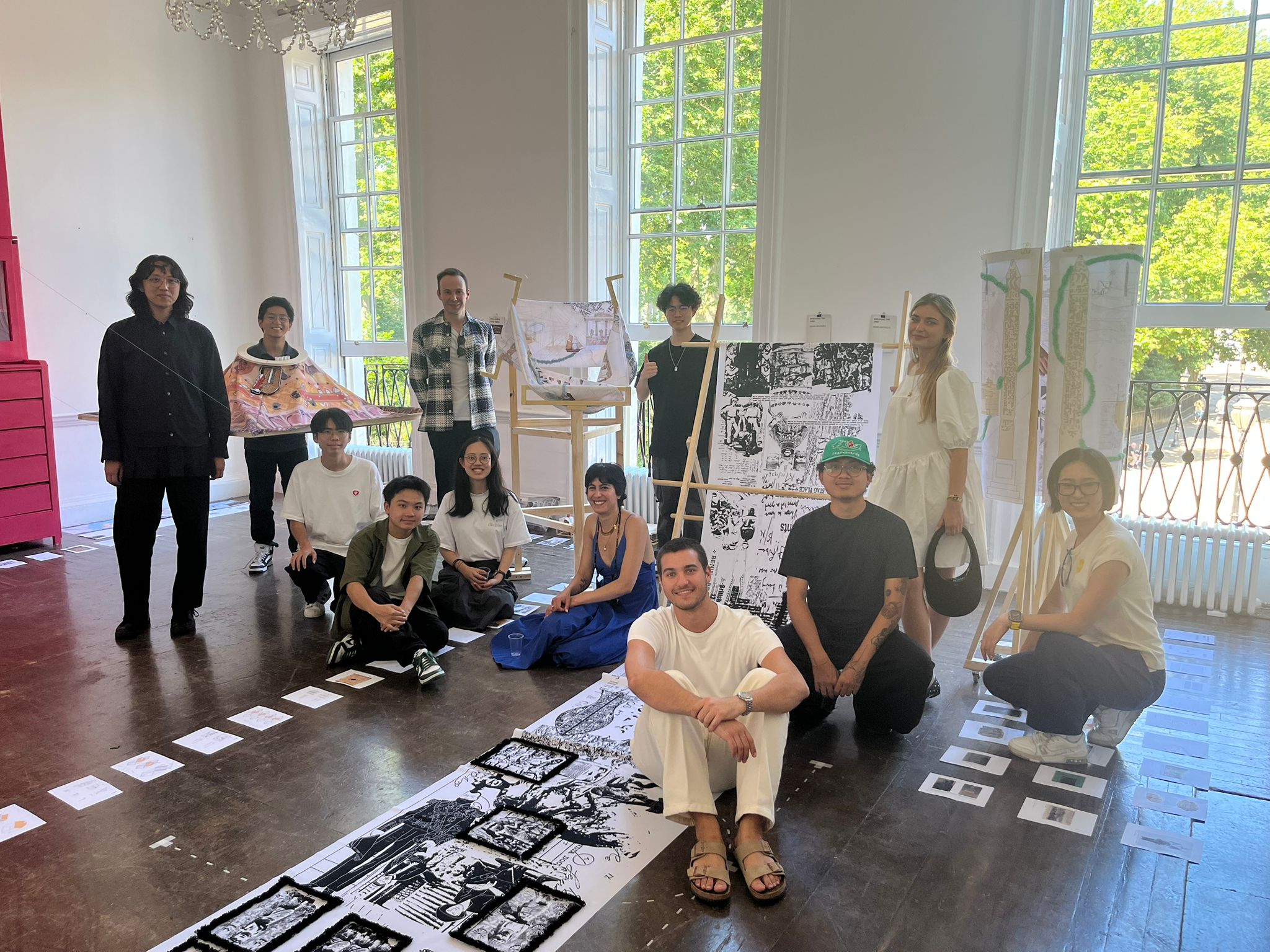
At the 112th ACSA Annual Meeting themed “Disrupters: Diversifying Architectural Pedagogies and Research,” I co-curated Under the Carpet and On the Fringes, a session that challenged canonical narratives by centering cultural artifacts and personal heritage. The format reimagined the academic panel as a storytelling space, where participants introduced themselves through objects tied to cultural identity. I began with a carpet placed at the center, inviting others to join both physically and narratively. Co-curated with Remus Macovei, the session featured invited participants Mohamad Nahleh and Young-Tack Oh.
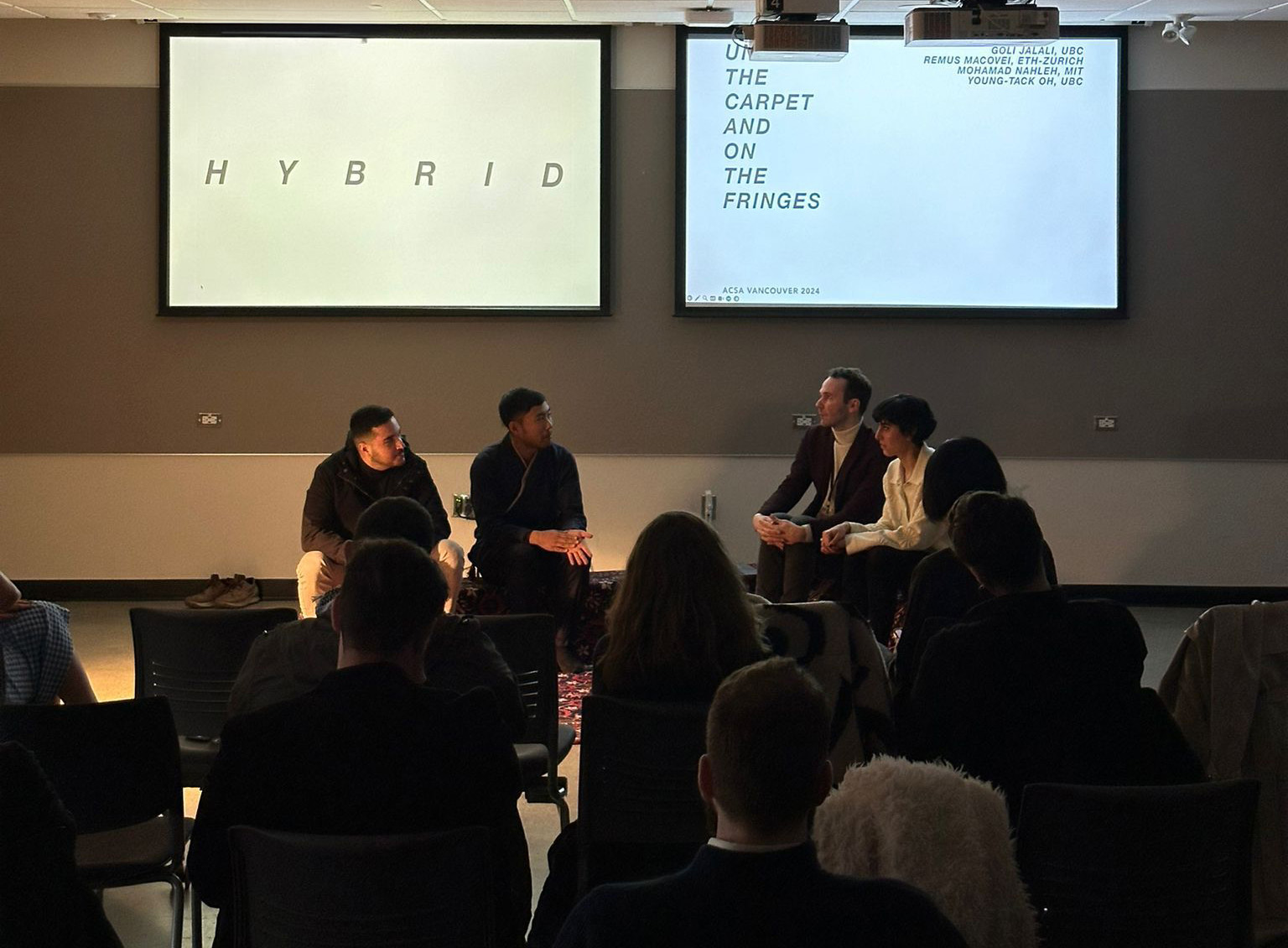
This studio explored the carpet as a cultural artifact shaped by histories of exchange, representation, and appropriation. Students selected historical carpets from their own backgrounds as starting points to examine spatial logic, narrative, and identity. Through visual research, storytelling, and media analysis, they developed new representational techniques and immersive spatial interpretations, culminating in animations and physical models that reimagined the carpet as a site of cultural memory and design exploration.

Invited by UBC NOMAS, I presented a lecture titled Unrolling the Magic Carpet, which unfolded the conceptual foundation behind the Magic Carpet studios taught at UBC SALA. The talk reflected on the carpet as both a medium of architectural representation and a site where history, identity, and cultural memory intertwine. Through a discussion of student work, I explored how acts of making and storytelling can serve as forms of historical reconstruction—transforming artifacts of the past into spaces of contemporary reflection. The lecture also drew connections between architectural drawing, poetry, and protest, positioning representation as an active and political practice capable of addressing themes of displacement, belonging, and collective imagination.

Set in Vancouver’s Granville Street, this studio examined the shifting identity of retail architecture in an era shaped by digital innovation, changing consumer habits, and urban redevelopment. Retail was framed as both a spatial and cultural platform, with students exploring typologies ranging from high-end fashion to everyday services like cafés and grocery stores, many of which now adopt experiential strategies through pop-ups, installations, and community-focused programming. The studio emphasized branding, narrative, and storytelling as central to how design shapes identity and frames the value of public-facing commercial spaces.

This studio positioned the carpet as a medium for rethinking public space through cultural memory and experimental representation. Students selected historical carpets connected to their own heritage and unpacked their motifs and geometries to reveal layered social, political, and spatial narratives. Through iterative drawing and modeling, these fragments were transformed into architectural propositions, resulting in large-scale carpet plans and interpretive spatial studies. The studio highlighted how artifacts can serve as frameworks for historical reconstruction and new forms of spatial imagination.

Invited by Architectural Record, I gave a lecture on architecture and its alternatives, discussing how my practice and teaching continually inform one another. I emphasized the importance of designing studio syllabi that encourage students from diverse backgrounds to research their own identities and histories, fostering a pedagogy grounded in cultural exchange and mutual learning. The talk advocated for moving beyond the dominant Western lens traditionally taught in architecture schools, toward a more inclusive and globally informed approach to architectural education.

Invited by MEF University in Istanbul, Turkey, I gave a lecture on my ongoing Magic Carpet research and project.

At James Cheng Architects in Vancouver, I worked on the Ironwood Tower residential project in West Coquitlam, preparing development and building permit packages for city submission. I contributed to the design of the ground-level shared garden connecting the tower and bar building, shaping its layout, water and fire features, seating, and links to indoor amenities. The landscape was conceived as an immersive extension of the architecture, fostering community interaction and outdoor living.


Exhibited as one of five selected thesis projects at the Harvard Graduate School of Design (Fall 2020), The Magic Carpet investigates the Persian garden as a cultural and architectural image of paradise. Rooted in Persian painting and visual culture, the project reinterprets historical representation tools to construct a contemporary spatial narrative, drawing from Nizami’s 12th-century manuscript Haft Paykar (“The Seven Domes”). The thesis digitally deconstructs the Persian carpet in seven ways to reconstruct the image of paradise within a Persian imaginary. It was later projected at large scale onto the façade of Gund Hall and went on to form the basis of the Magic Carpet studio at UBC, extending research into design pedagogy and cultural narrative.
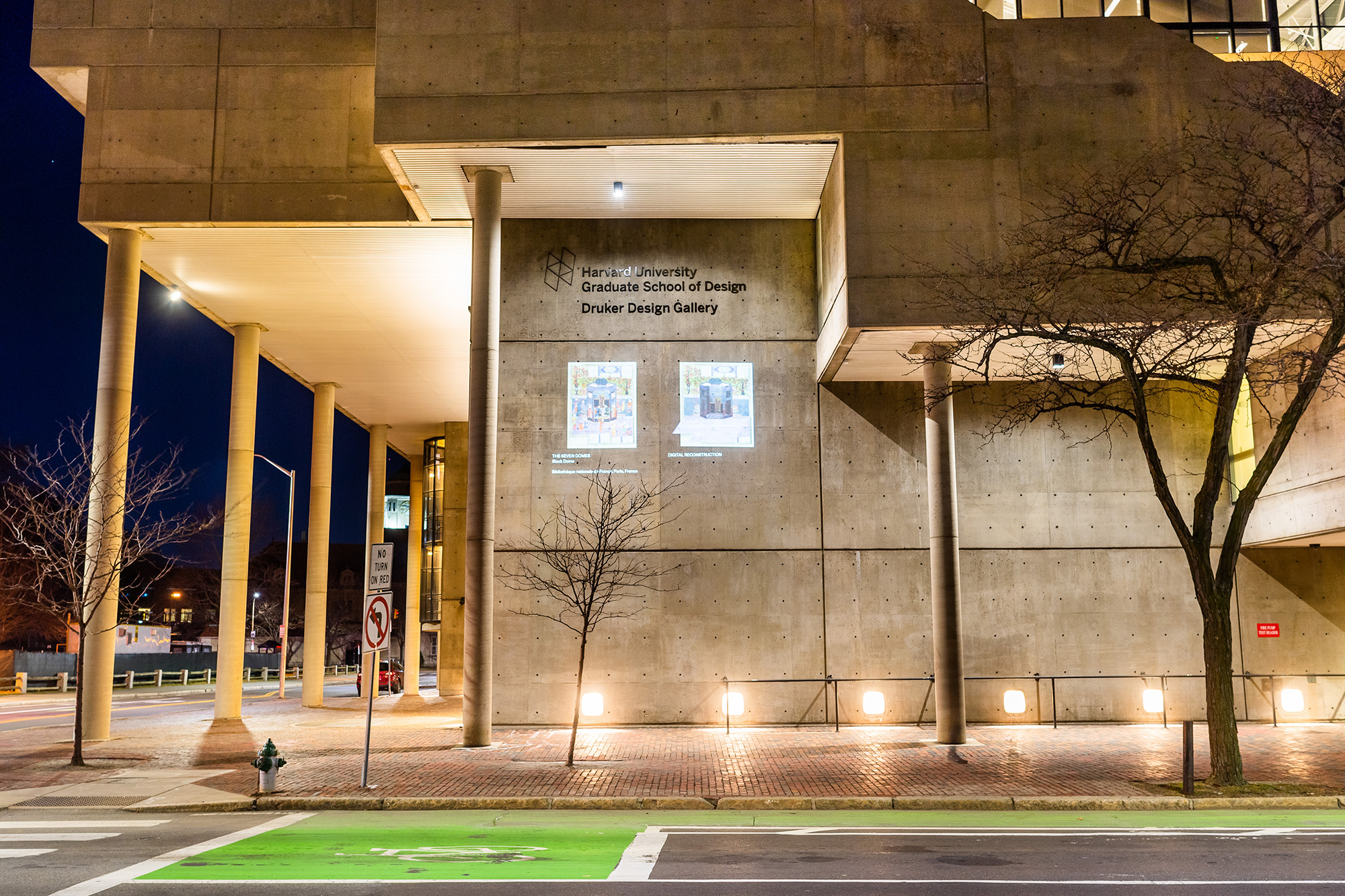
The Tête-à-Tête Bench, designed with Willem Bogardus, explores conic geometries as a way to shape interaction between two sitters. Formed from aluminum surfaces joined by a concealed plywood frame, the bench integrates geodesic patterns that flow seamlessly across flat and curved planes. Exhibited at the Druker Design Gallery and published in Platform, the project investigates how surface and geometry can support both structure and shared experience.
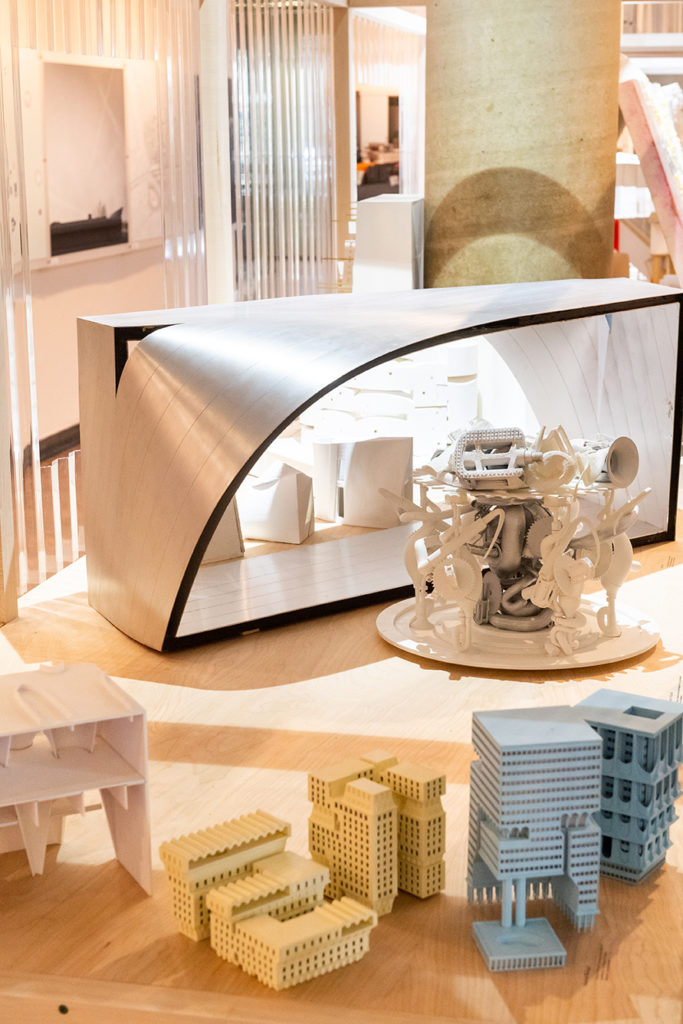
While at the Harvard Graduate School of Design, I worked as a CNC Router TA in the Fabrication Lab, gaining hands-on experience with digital fabrication tools including CNC milling, Zünd cutting, laser cutting, and 3D printing. This role strengthened my understanding of material processes, craft, and the architectural potential of model-making and digital production.

As a structural engineer at Buro Happold’s London office, I worked on the KAFD Metro Station in Riyadh with Zaha Hadid Architects, from early concept development through detailed design submission. I played a key role in using Rhino, Grasshopper, and scripting to develop parametric models that were translated into finite element analysis for the façade structure. My work involved managing complex geometries, coordinating structural systems with architectural envelopes, and translating architectural intent into buildable solutions for a landmark transportation project in the region. This experience shaped my ongoing interest in the intersection of structure, surface, and spatial storytelling.
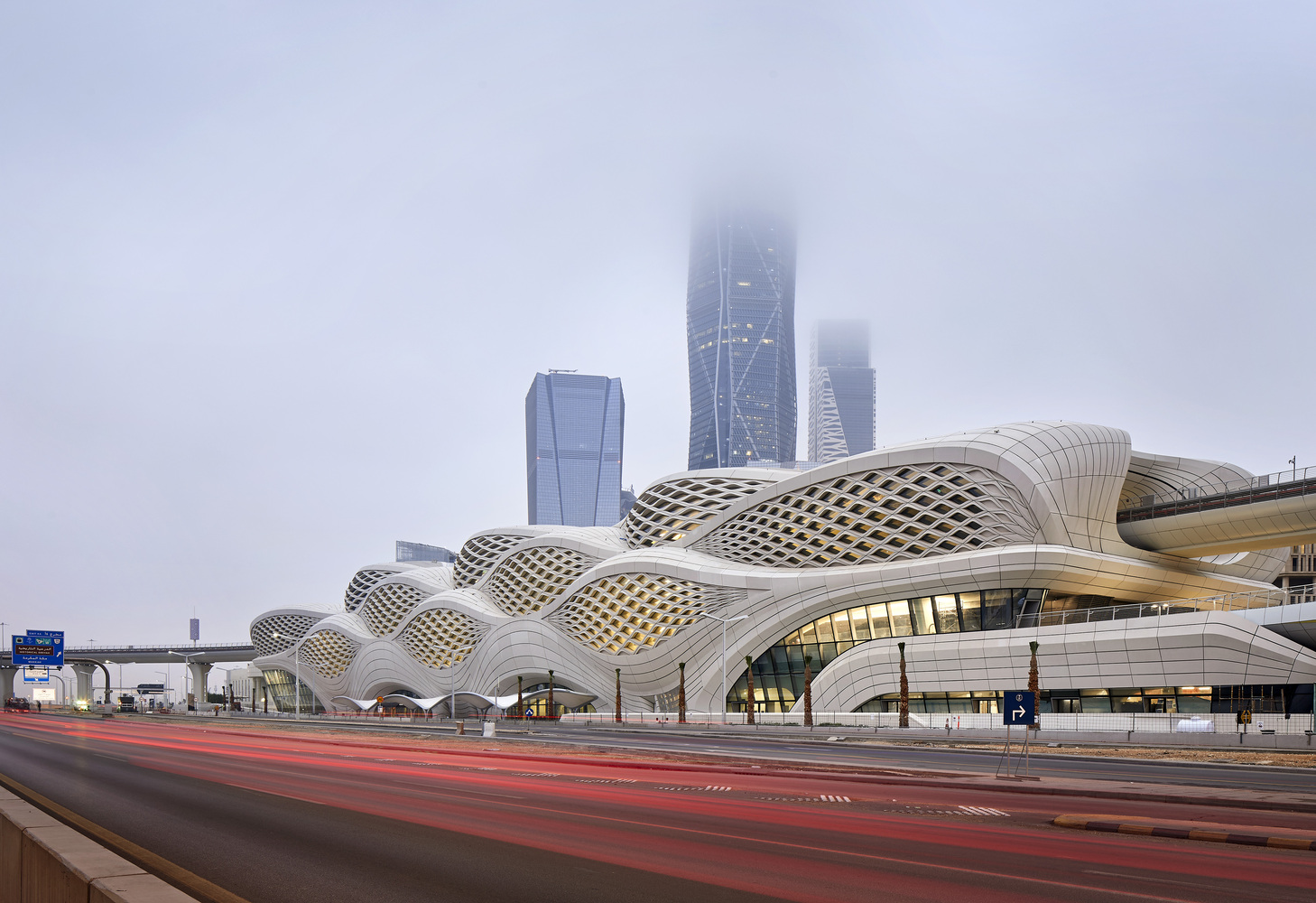
At Buro Happold, I was part of the structural engineering team for the Bee’ah Headquarters in Sharjah, UAE, designed by Zaha Hadid Architects. From competition through detailed design, I focused on integrating structural systems with the building’s dune-inspired geometry, developing parametric models in Rhino, Grasshopper, and finite element analysis for the façade structure. The project sharpened my ability to balance architectural vision with technical precision and reinforced my interest in advanced geometry and interdisciplinary collaboration.
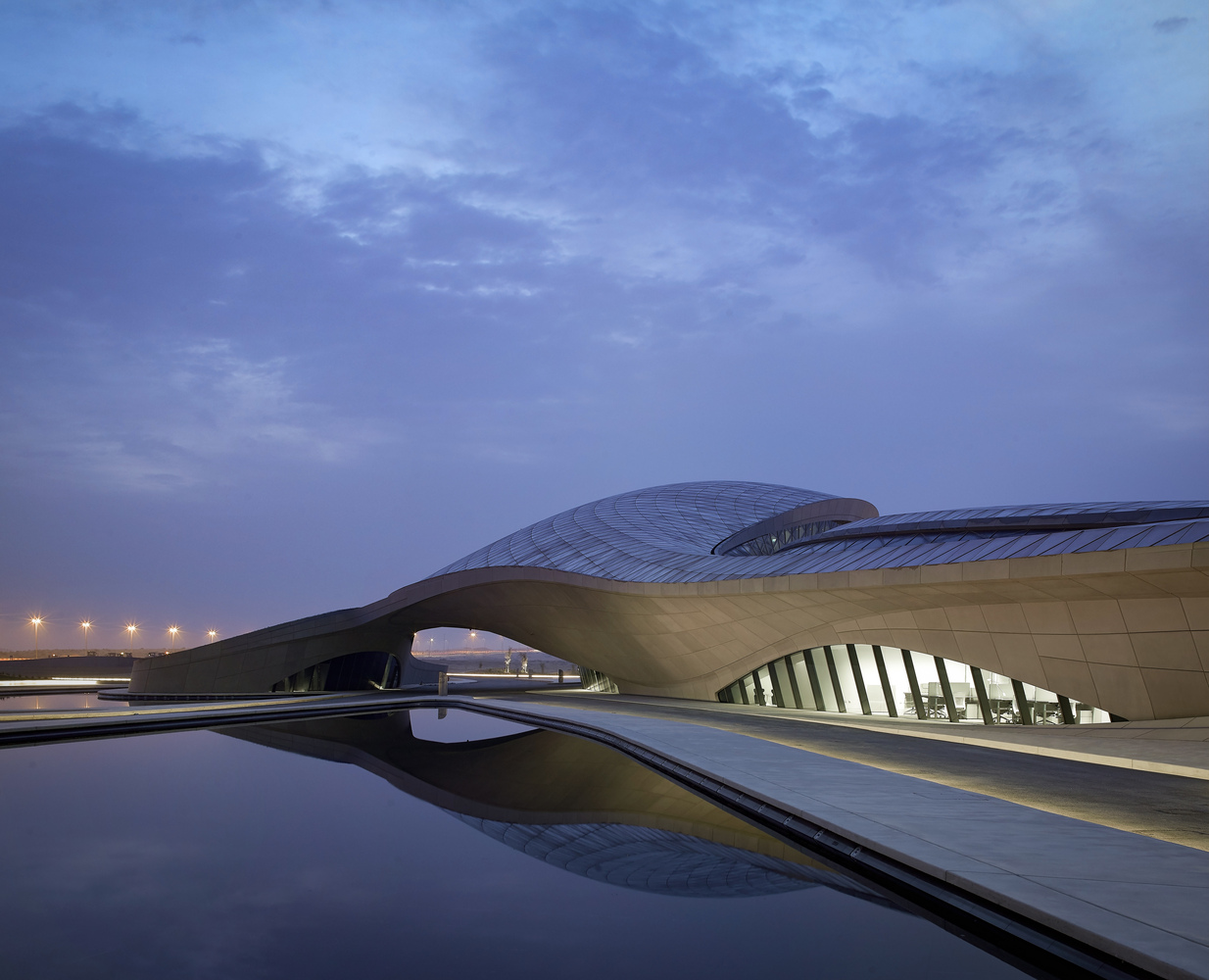
At Buro Happold, I worked on the City of Dreams hotel tower in Macau with Zaha Hadid Architects, focusing on the steel exoskeleton façade. I developed complex intersection details and prototyped unique connection points, gaining hands-on experience with large-scale fabrication and the spatial potential of expressive structural systems.
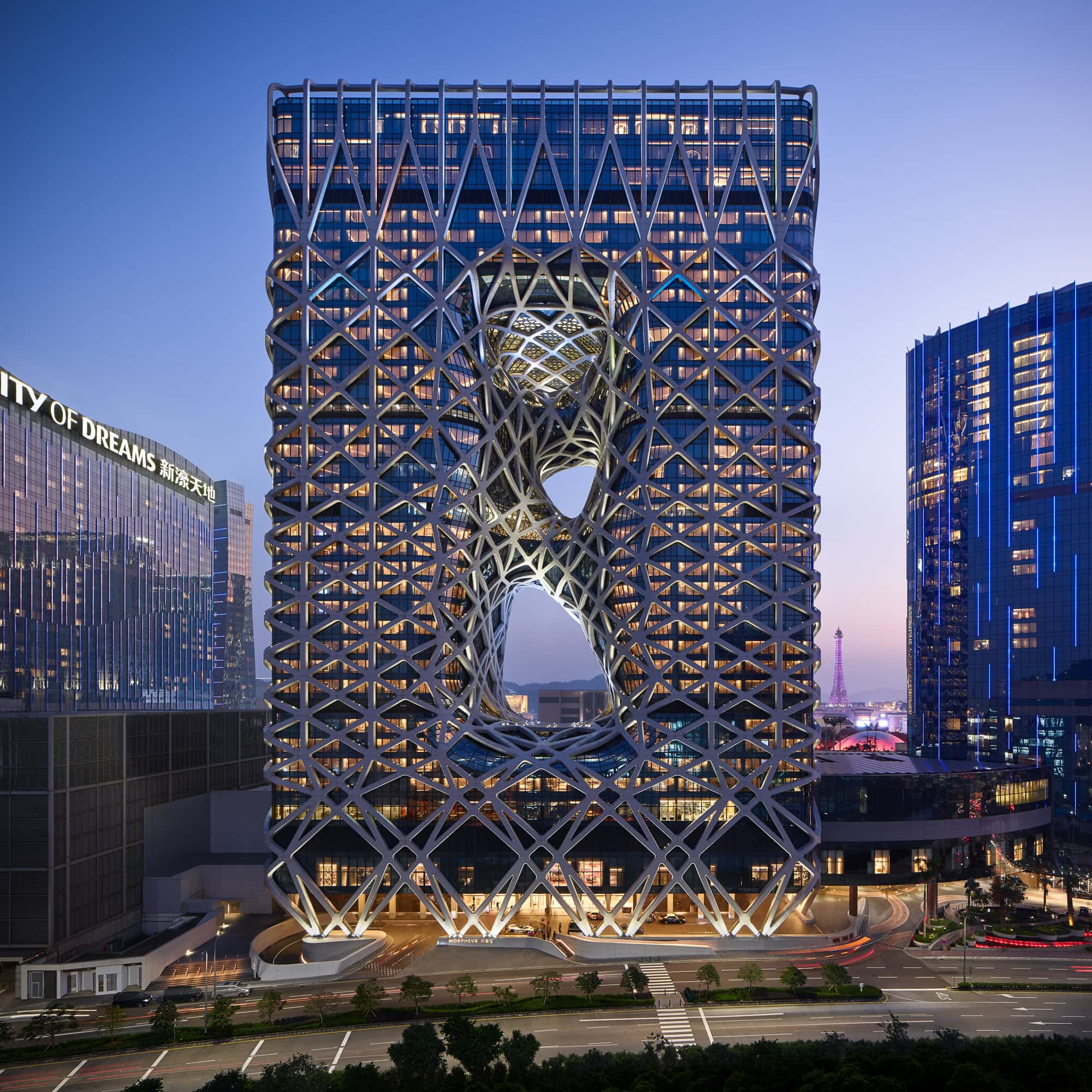

I completed a Master of Science in Emergent Technologies and Design at the Architectural Association in London, where my thesis Adaptive Flux Morphologies, developed in collaboration with Javier A. Cardós Elena, Dennis Goff, and Mary Polites, focused on transportation networks and urban connectivity. The research explored how agent-based computing and predictive modeling could inform adaptive infrastructure systems based on the flow of people across networks. Using space syntax software, the project evaluated spatial effects of network adaptation at both local and global scales—proposing a system where flows shape the structure rather than simply resulting from it. The thesis offered an alternative methodology for infrastructure design rooted in generative modeling, systems thinking, and urban responsiveness.



